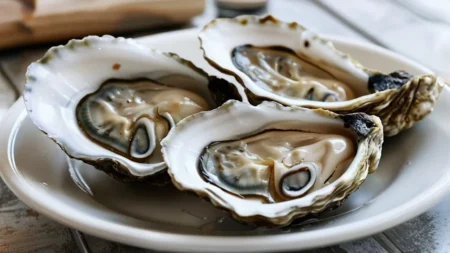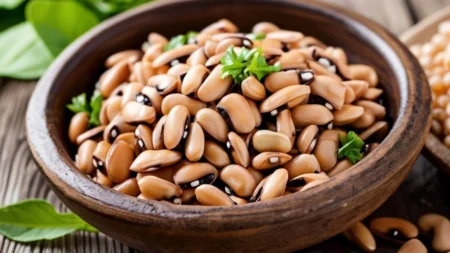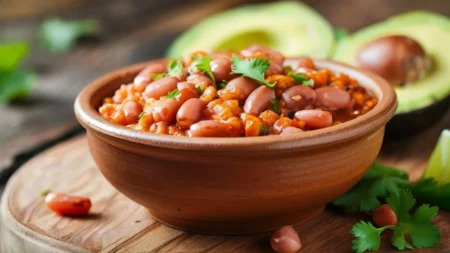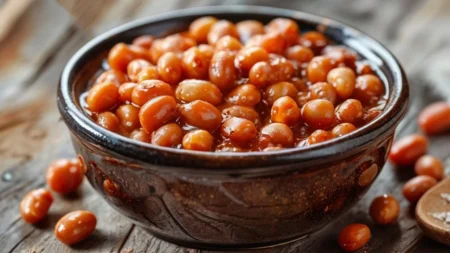Is Keto Bread Good for Weight Loss?
Key Takeaways
- Keto bread is low in carbohydrates and high in fats, making it a popular choice for those following a ketogenic diet.
- It can support weight loss by keeping you in a state of ketosis, which burns fat for energy.
- Keto bread is generally higher in fiber and lower in calories compared to traditional bread.
- It may help reduce hunger and cravings, making it easier to stick to a weight loss plan.
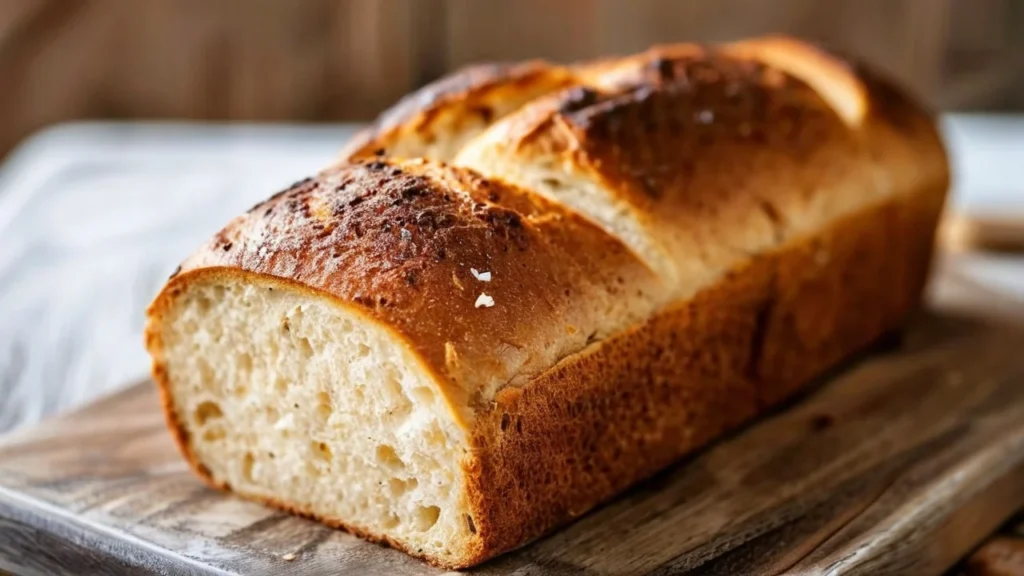
What is Keto Bread?
Keto bread is specifically designed for people following a ketogenic diet, a high-fat, low-carbohydrate diet. Regular bread is rich in carbohydrates, which can spike blood sugar levels and hinder ketosis. Keto bread, on the other hand, is made with low-carb ingredients like almond flour, coconut flour, or flaxseed, making it suitable for a keto diet.
How Does Keto Bread Support Weight Loss?
1. Low Carbohydrates
One of the main principles of the ketogenic diet is restricting carbohydrates to force the body to use fat as its primary energy source. Traditional bread can contain 15-20 grams of carbs per slice, while keto bread usually contains 1-4 grams of net carbs per slice, which allows you to stay within the keto carb limit.
By limiting your carb intake with keto bread, you can maintain a state of ketosis, where the body burns fat instead of carbohydrates for energy. This can lead to fat loss over time.
| Type of Bread | Carbs per Slice |
|---|---|
| Traditional White Bread | 15-20 grams |
| Whole Wheat Bread | 12-15 grams |
| Keto Bread | 1-4 grams |
2. High in Fiber
Keto bread is often made with high-fiber ingredients like flaxseed or psyllium husk. Fiber not only improves digestion but also helps you feel full longer, which can prevent overeating.
| Bread Type | Fiber Content (per slice) |
|---|---|
| White Bread | 1-2 grams |
| Whole Wheat Bread | 2-3 grams |
| Keto Bread | 5-10 grams |
Increasing fiber intake has been linked to better weight management because it slows down digestion and reduces hunger. By choosing keto bread, you can eat fewer calories while still feeling satisfied, which contributes to weight loss.
3. Low Calorie Content
While some keto breads are similar in calorie count to regular bread, many brands focus on creating low-calorie options. By reducing the calories consumed through bread, you are contributing to a calorie deficit, which is essential for weight loss.
How Keto Bread Reduces Hunger and Cravings
Keto bread can help reduce cravings by keeping your blood sugar levels stable. Traditional bread, high in carbohydrates, causes a spike in blood sugar followed by a crash, leading to hunger and sugar cravings. Keto bread, low in carbs, prevents these spikes, helping to maintain consistent energy levels and reducing the likelihood of snacking.
The high fat content of keto bread is another key factor in hunger reduction. Fats are digested more slowly than carbs, helping you feel fuller for longer and reducing your overall calorie intake throughout the day.
Comparing Blood Sugar Impact:
| Type of Bread | Glycemic Index |
|---|---|
| White Bread | High (70-85) |
| Whole Wheat Bread | Moderate (50-70) |
| Keto Bread | Low (0-5) |
A lower glycemic index helps in preventing sudden hunger spikes, which can be beneficial for people trying to lose weight.
Nutritional Composition of Keto Bread
Keto bread is designed to be nutrient-dense and often includes healthy fats such as avocado oil, butter, or coconut oil. These fats not only aid in satiety but also help your body absorb fat-soluble vitamins like A, D, E, and K.
| Nutrient | Keto Bread | Traditional Bread |
|---|---|---|
| Carbohydrates (g) | 1-4 | 12-20 |
| Protein (g) | 5-10 | 2-4 |
| Fats (g) | 5-10 | 0-1 |
| Fiber (g) | 5-10 | 1-3 |
The higher protein and fat content in keto bread also make it more nutrient-dense, allowing you to get more value from each slice compared to traditional bread.
Does Keto Bread Fit Into a Balanced Diet?
Although keto bread can support weight loss, it is important to remember that overall calorie intake still matters. Eating too much keto bread, even though it is low in carbs, can still prevent weight loss if you consume more calories than you burn.
It’s also crucial to pair keto bread with healthy, whole foods. Combining it with nutrient-dense ingredients such as avocados, eggs, or lean meats will ensure you get the best nutritional value while staying within your calorie limit.
Portion Control Tips:
- Stick to 1-2 slices of keto bread per meal.
- Pair it with high-protein or high-fiber toppings to enhance satiety.
- Keep track of your overall daily calorie intake to avoid overeating.
Conclusion
Keto bread can be a helpful addition to a weight loss plan, especially for those following a ketogenic diet. Its low carbohydrate content supports ketosis, while the high fiber and fat content help to reduce hunger and cravings. However, to see the best results, keto bread should be consumed in moderation and paired with a healthy, balanced diet.
By replacing traditional bread with keto-friendly alternatives, you can enjoy the benefits of bread without hindering your weight loss progress.
FAQ
1. Can I eat keto bread if I’m not on a keto diet?
Yes, keto bread is low in carbs and can be enjoyed by anyone looking to reduce carbohydrate intake. However, it’s most effective for those on a ketogenic diet.
2. How much keto bread should I eat for weight loss?
Stick to 1-2 slices per meal to control calorie intake while still benefiting from its low-carb, high-fiber content.
3. Is keto bread healthier than whole wheat bread?
Keto bread is lower in carbs and often higher in fiber, but whether it’s healthier depends on your dietary goals. For someone on a ketogenic diet, keto bread is a better option, while whole wheat bread might be better for others focusing on overall nutrient balance.
4. Does keto bread taste different from regular bread?
Keto bread tends to be denser and has a slightly different texture due to the use of low-carb ingredients like almond or coconut flour. The taste can vary depending on the brand and ingredients used.
5. Can keto bread help me stay in ketosis?
Yes, keto bread is designed to be low in carbohydrates, which can help maintain a state of ketosis when paired with other keto-friendly foods.






